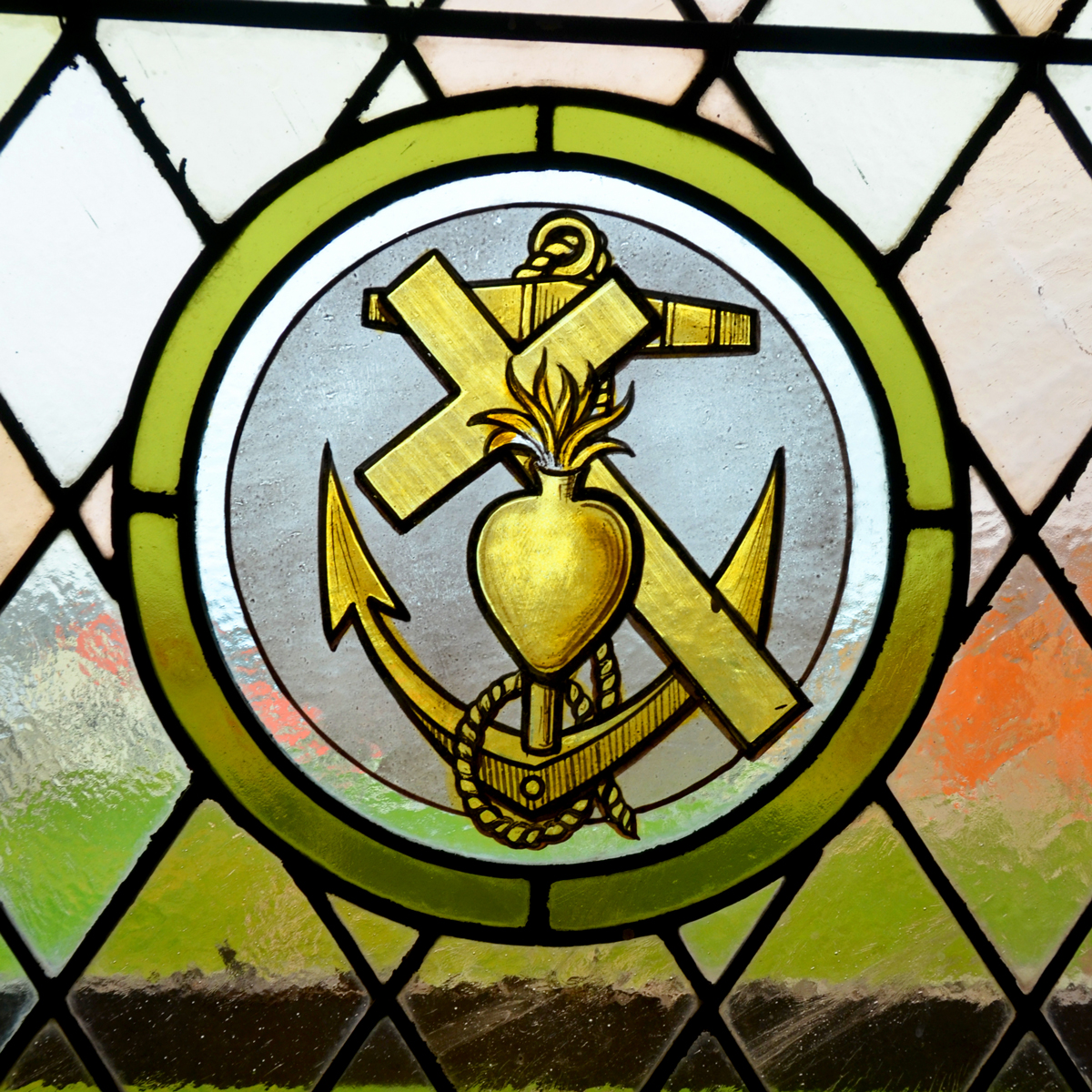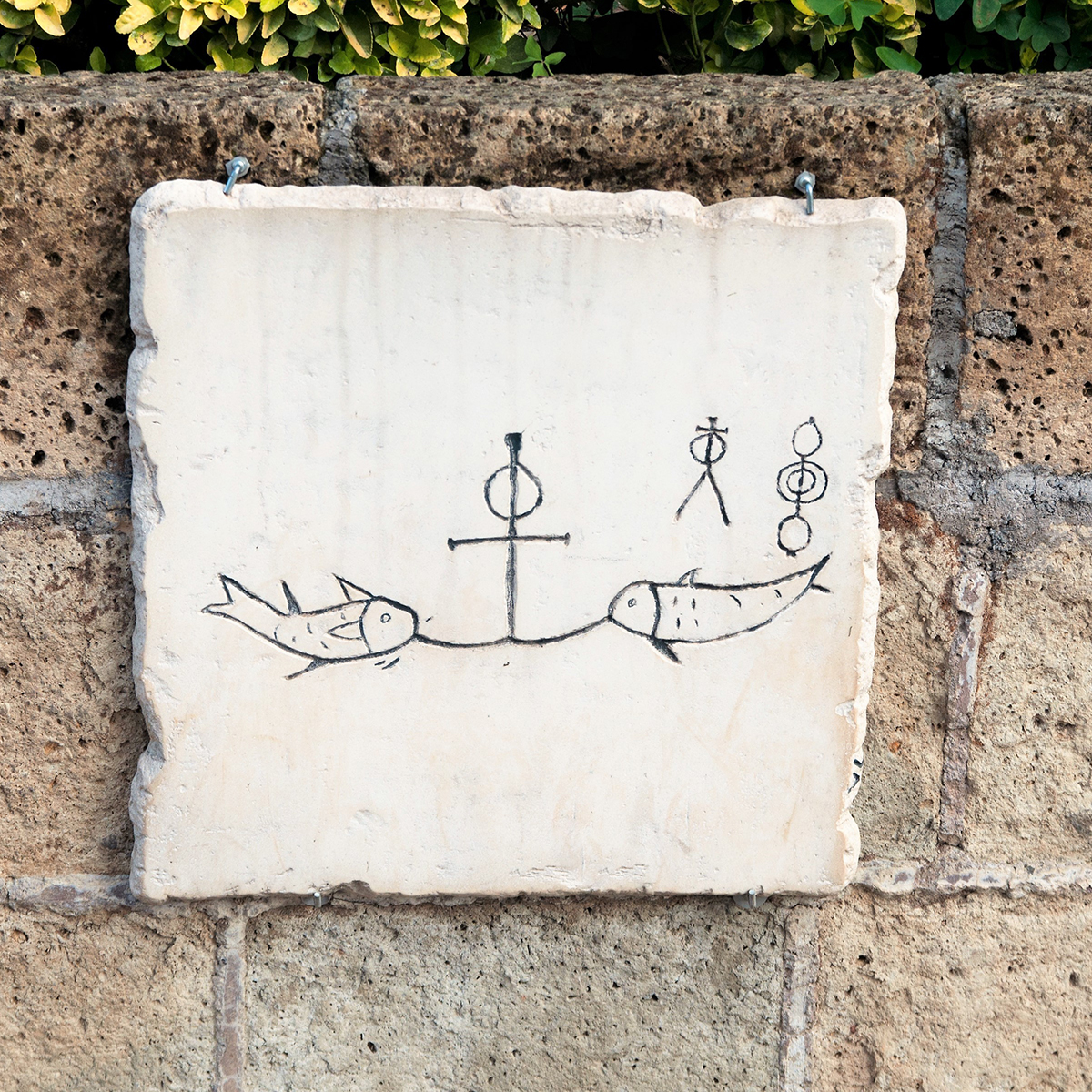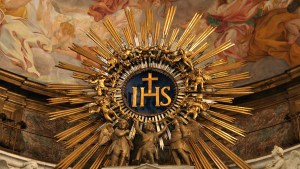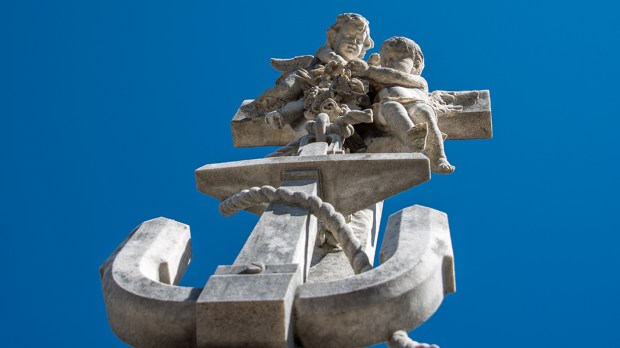Before Christianity adopted the symbol, anchors were known in the ancient world to stand for security. Travel by sea was very common in the Mediterranean area and anchors were a basic instrument used by any sailor or fisherman. An anchor kept the ship firmly planted in a specific area and was a necessary tool to have.
In the early centuries of Christianity the symbol was adopted by Christians and often used in Roman catacombs. It is believed that part of the inspiration came from the following passage in Hebrews.
We have this as a sure and steadfast anchor of the soul, a hope that enters into the inner shrine behind the curtain, where Jesus has gone as a forerunner on our behalf, having become a high priest for ever after the order of Melchiz′eek. (Hebrews 6:19-20)
Hope then became associated with the anchor, specifically the hope of salvation. This symbol was etched onto catacombs, along with such words as pax tecum, pax tibi, in pace, in Christian hope that the deceased would be anchored in Heaven.

Additionally, in some instances the anchor is made into a cross, representing the crucifixion. According to the Catholic Encyclopedia, “Of even greater interest in this connection is the representation of a cross-anchor with two fishes suspended from the cross-beam, also found in the cemetery of St. Priscilla. There can scarcely be any doubt that the author of this and similar representations intended to produce a symbolic picture of the crucifixion: the mystic Fish (Christ) on the suggested cross (the anchor).”

Besides this ancient meaning, the anchor can also be seen in depictions of saints, such as Saint Clement, who was killed by being thrown into the sea with an anchor tied around his neck.

Read more:
What does the IHS monogram mean?

